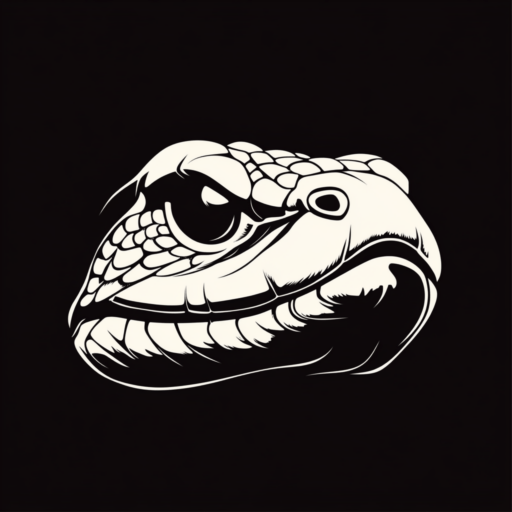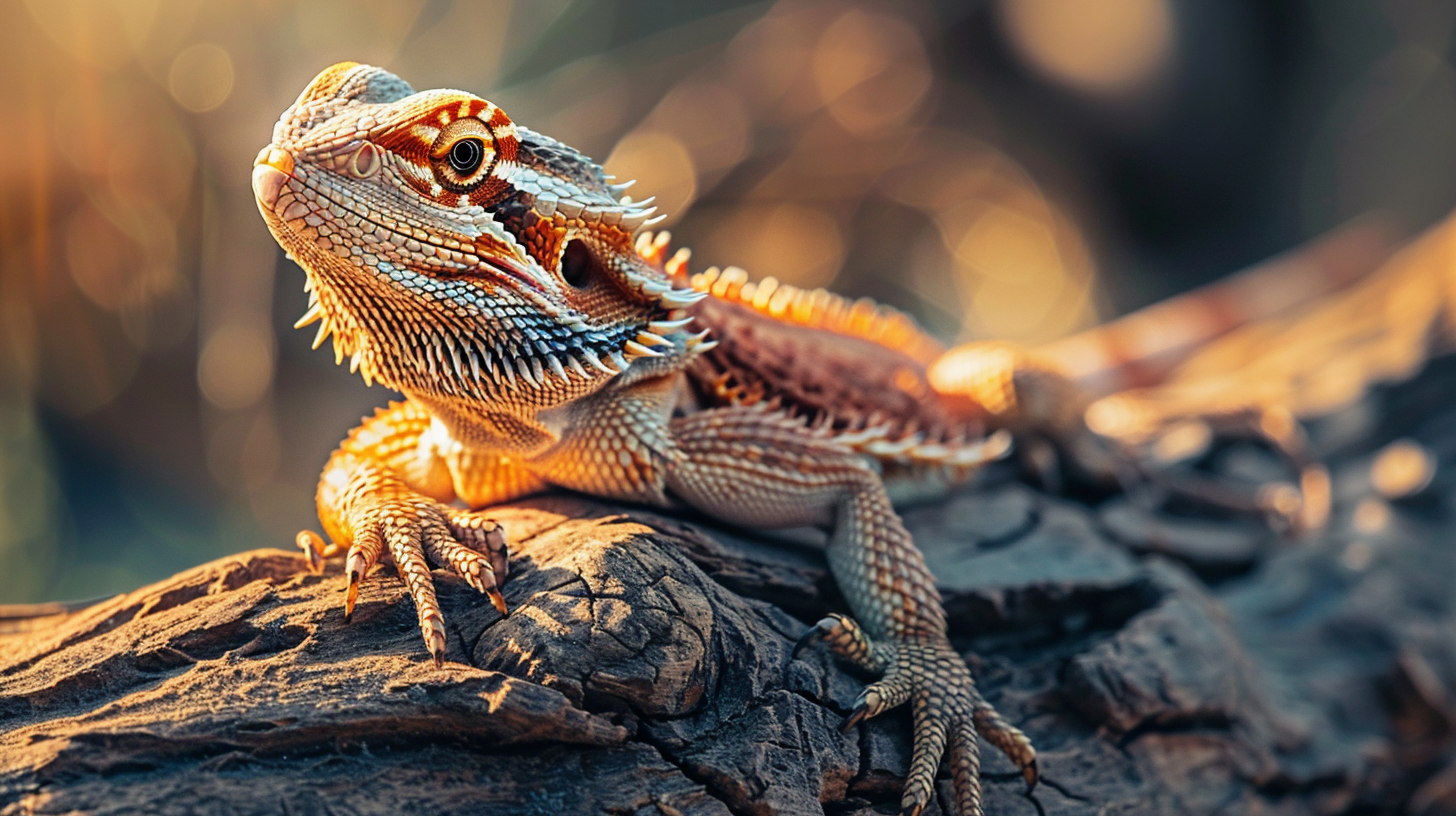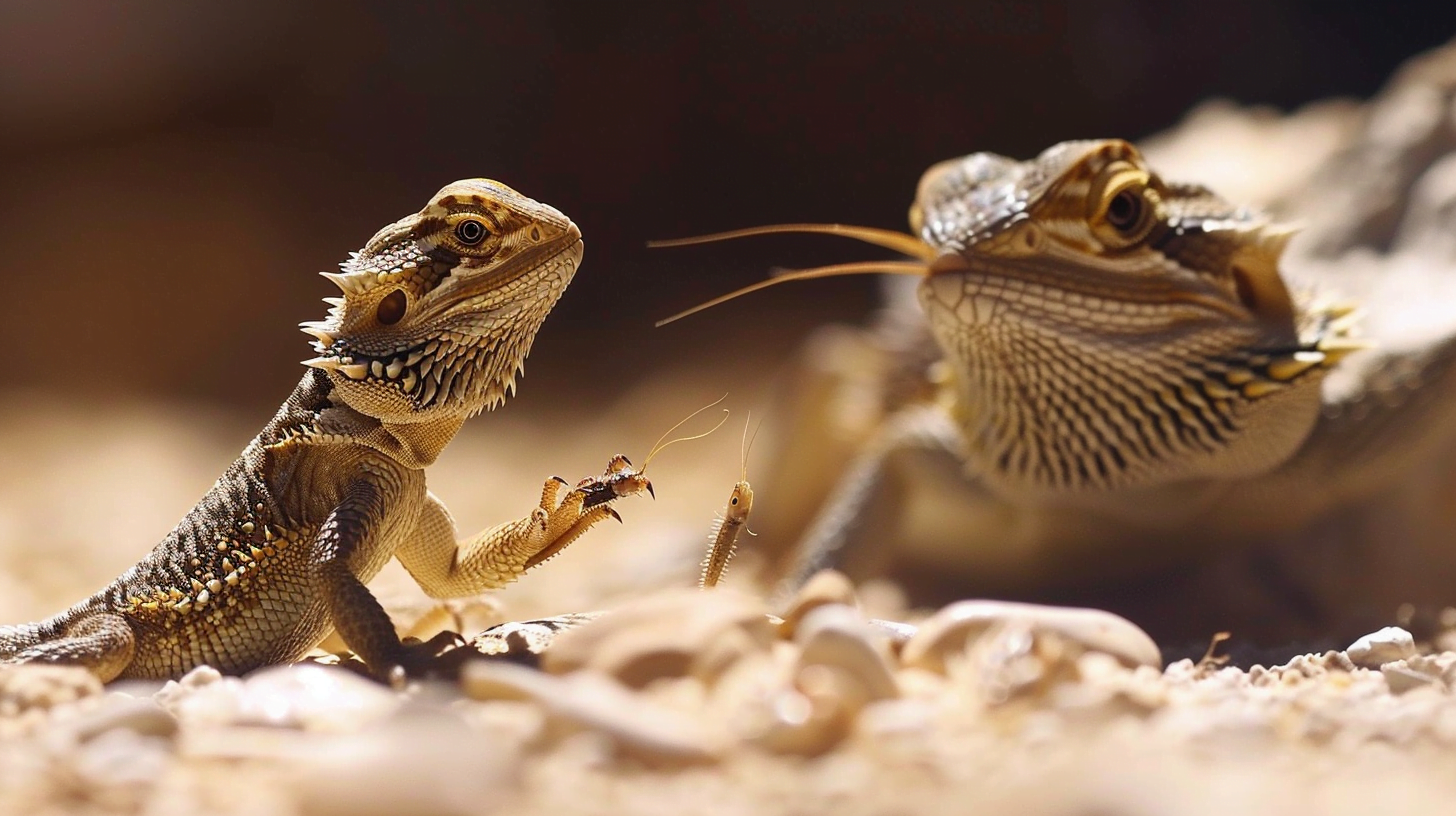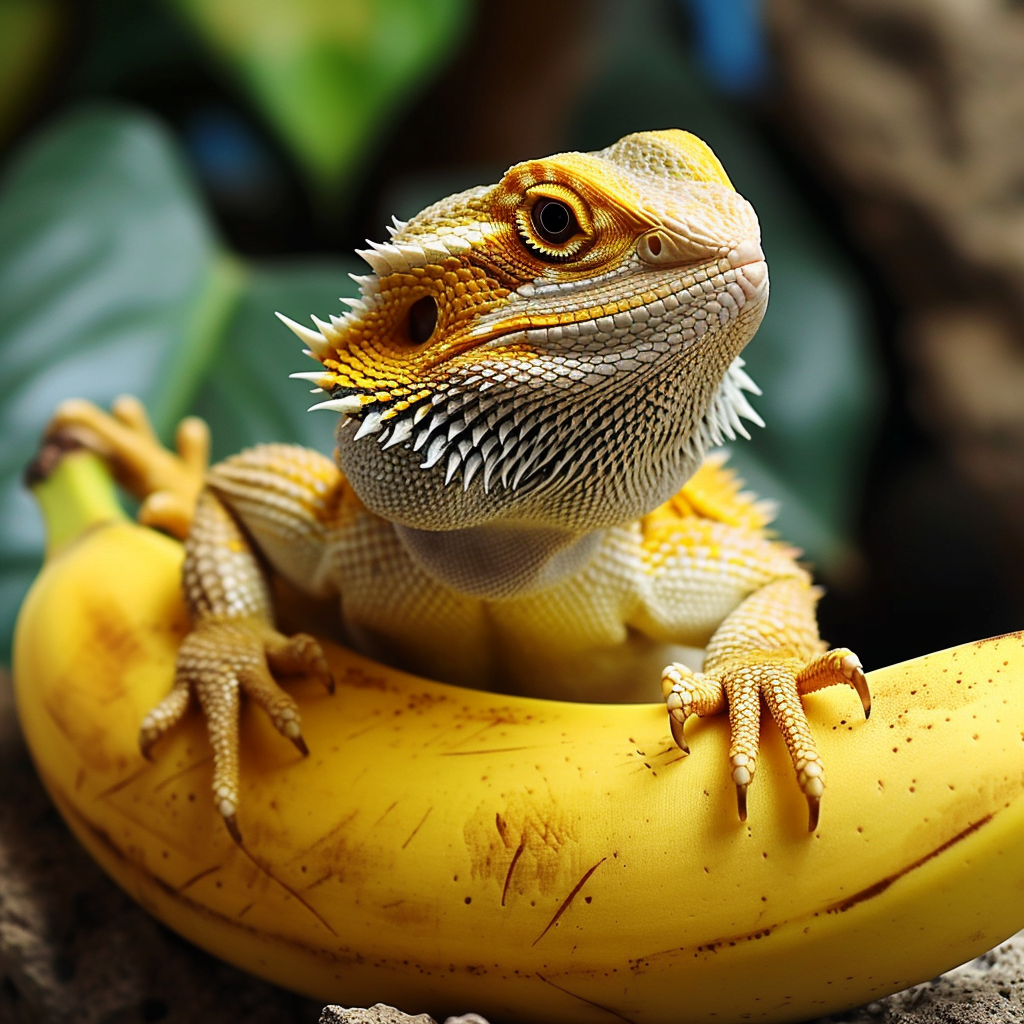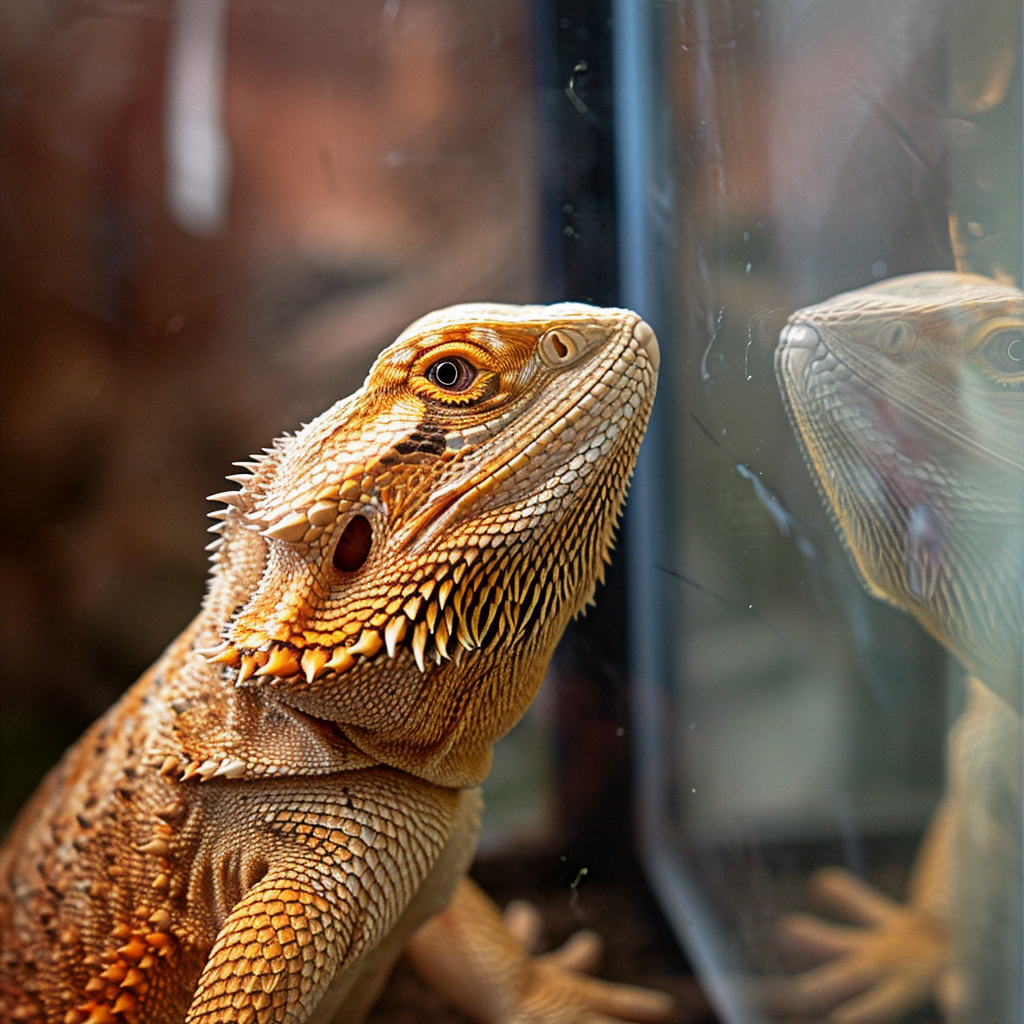Table of Contents
The study of the origins and history of bearded dragons is a fascinating exploration into the evolutionary development and geographical distribution of these remarkable reptiles. Through an examination of their prehistoric ancestors, the Pogona genus, and the fossil record, we can gain insights into the origins and evolutionary adaptations of bearded dragons. Additionally, tracing their historical presence in the wild and their eventual domestication by humans provides a comprehensive understanding of the significant impact these creatures have had on both natural ecosystems and human society.

Origins and History of Bearded Dragons
Bearded dragons, scientifically known as Pogona, are reptiles native to Australia. They belong to the family Agamidae, which includes other lizard species such as water dragons and frilled dragons. The history of bearded dragons is a fascinating tale of discovery, classification challenges, and their eventual popularity as beloved pets. This article will provide a comprehensive overview of their origins, taxonomy, physical characteristics, habitat, diet, natural behavior, captivity, and domestication, as well as the various breed variations that exist today.
Origins
The origin of bearded dragons can be traced back to the vast land of Australia. These reptiles are found primarily in the arid regions of the continent, with their distribution spanning across a variety of habitats, including deserts, woodlands, and plains. While Australia is a continent renowned for its diverse wildlife, the bearded dragon holds a special place as one of its most iconic reptiles.
Evolutionary History
The evolutionary history of bearded dragons is believed to date back millions of years. Fossil evidence suggests that their ancestors lived in Australia during the Pliocene era, which occurred around 5 million years ago. These early ancestors were likely small and arboreal, but over time, they adapted to a more terrestrial lifestyle. This evolutionary journey shaped their unique characteristics and behaviors that we observe in the modern-day bearded dragon.
Early Discovery
European Explorers
The first recorded encounter with bearded dragons by Europeans occurred during the 18th century. English explorer Captain James Cook and his crew came across these reptiles during their voyages along the eastern coastline of Australia. However, it wasn’t until the late 19th century that significant observations and documentation of bearded dragons began.
Classification Challenges
Classifying bearded dragons proved to be a challenge for early naturalists. The complex morphology and variation within the species posed difficulties in accurately identifying and categorizing them. In the early 20th century, renowned herpetologist Edward J. Dunn proposed the genus Pogona to encompass all known species of bearded dragons. This classification system provided a more comprehensive understanding of the different types of bearded dragons and paved the way for further research.

Taxonomy
Scientific Classification
Bearded dragons belong to the scientific genus Pogona and the family Agamidae. Within the genus Pogona, there are currently eight recognized species, including Pogona vitticeps, Pogona barbata, and Pogona henrylawsoni. Each species exhibits unique physical and behavioral characteristics that have contributed to their taxonomical classification.
Species Classification
The most well-known species of bearded dragons is Pogona vitticeps, commonly referred to as the “central bearded dragon.” This species is native to the central and eastern regions of Australia and has become particularly popular as a pet. Other species, such as Pogona barbata (eastern bearded dragon) and Pogona henrylawsoni (Rankin’s dragon), also have their own distinct characteristics and geographical ranges.
Physical Characteristics
Size and Weight
Bearded dragons are a medium-sized lizard species, with adult males typically reaching a length of 18-24 inches from head to tail. Females are slightly smaller, averaging between 14-20 inches in length. In terms of weight, adult bearded dragons can range from 10-18 ounces, with males generally being heavier than females. Their size and weight can vary depending on factors such as age, health, and diet.
Body Structure
Bearded dragons have a unique body structure characterized by their broad, triangular-shaped head and robust body. One notable feature of these reptiles is the series of spiky scales underneath their chin and throat, which resembles a beard when expanded. This “beard” can change color depending on the dragon’s mood or environmental factors. Bearded dragons also possess strong limbs with sharp claws, enabling them to climb trees and navigate their surroundings with ease.
Coloration and Patterns
The coloration and patterns of bearded dragons can vary significantly, depending on their species and individual genetics. The most common coloration observed in wild bearded dragons is a combination of various shades of brown, blending in with their natural environment. However, captivity-bred bearded dragons exhibit a wide range of colors and patterns, including vibrant oranges, yellows, reds, and even blues. These color variations, known as “morphs,” have become particularly desirable among pet enthusiasts.

Habitat
Native Environment
Bearded dragons are well-adapted to the arid regions of Australia, where they inhabit a diverse range of environments. They can be found in desert regions, semi-arid woodlands, and even grasslands. These reptiles have developed physiological and behavioral adaptations to thrive in such environments, including the ability to tolerate high temperatures, manage water intake efficiently, and navigate various terrain types.
Climate and Geography
The climate of a bearded dragon’s native habitat can be characterized as arid or semi-arid, with hot summers and cooler winters. Depending on their geographical range, bearded dragons may experience slightly different temperature and precipitation patterns. For instance, central bearded dragons located in the inland areas of Australia may endure higher temperatures and drier conditions compared to their eastern counterparts.
Native Vegetation
The vegetation in the native habitat of bearded dragons consists mainly of arid plants, such as spinifex grasses, acacias, and various shrubs. These plant species provide important food sources and shelter for the reptiles. Bearded dragons have adapted to utilize these resources efficiently, utilizing their keen eyesight to locate prey and utilizing their burrowing abilities to seek refuge from extreme temperatures and predators.
Diet
Carnivorous Diet
Bearded dragons are classified as omnivores, but their diet is primarily carnivorous. In the wild, they are opportunistic hunters and feed on a variety of small invertebrates, including insects, spiders, and occasionally small vertebrates like lizards or rodents. The consumption of animal protein is essential for their growth, development, and overall health.
Food Sources in the Wild
The native environment of bearded dragons provides a diverse array of potential food sources. They actively forage for insects such as crickets, beetles, grasshoppers, and locusts. Additionally, they may consume a variety of arachnids, including spiders and scorpions. While vertebrates like small lizards or mammals are not their main prey items, bearded dragons do occasionally target them when the opportunity arises.
Food Sources in Captivity
In captivity, bearded dragons are typically fed a diet consisting of commercially bred insects, such as crickets, mealworms, and silkworms. These insects are dusted with a calcium powder to ensure proper nutrition. Additionally, bearded dragons can be offered a range of fruits, vegetables, and leafy greens to supplement their diet. However, it is important to maintain a proper balance between animal protein and plant matter to meet their nutritional requirements.

Natural Behavior
Basking and Activity Patterns
Bearded dragons are diurnal reptiles, meaning they are most active during the day. They display a notable behavior known as basking, where they position themselves under a direct heat source, such as the sun or an artificial heat lamp. Basking enables them to raise their body temperature to optimal levels for digestion and metabolic processes. These reptiles also engage in various activities throughout the day, including exploring their environment, hunting for prey, and communicating with other members of their species.
Social Behavior
While bearded dragons are not highly social reptiles, they do exhibit certain social behaviors, especially during breeding seasons and encounters with other individuals. Males may engage in head-bobbing displays, puffing up their beards, and extending their limbs to establish dominance or court females. They may also engage in physical combat if competing for mates or territory. Females, on the other hand, may display submissive behavior by flattening their bodies or retreating from aggressive encounters.
Threat Displays
When confronted with potential threats, bearded dragons have a range of behaviors and physical adaptations to protect themselves. One striking display is known as the “beard display” or “threat display.” This involves puffing up the spiky scales underneath their chin and throat, making their beard appear larger and more intimidating. They may also open their mouth wide, hiss, or even lunge towards the threat to deter potential predators.
Captivity and Domestication
Captivity as Pets
Bearded dragons have gained immense popularity as pets due to their unique appearance, manageable size, and relatively docile temperament. With proper care and an appropriate captive environment, they can live long and healthy lives, often surpassing 10 years in captivity. However, it is important for potential owners to understand the commitment and responsibilities involved in providing the necessary care and habitat for these reptiles.
Breeding Programs
In recent years, there has been an increased interest in breeding bearded dragons, leading to the establishment of various breeding programs. These programs aim to produce healthy, genetically diverse, and visually appealing offspring. By carefully selecting breeding pairs, breeders can enhance desirable traits, such as vibrant colors or specific morph patterns.
Selective Breeding
Selective breeding has played a significant role in creating the wide range of color and pattern variations seen in captive bearded dragons today. Genetic traits, such as xanthophores (responsible for yellow coloration), melanophores (responsible for black coloration), and erythrophores (responsible for red coloration), are selectively bred to achieve specific appearances or morphs. This has resulted in an extensive collection of morphs, including the citrus, hypo, translucent, and leatherback varieties, among many others.
Legal Aspects
The ownership and trade of bearded dragons, like many exotic pets, are subject to legislation and regulations in different countries and regions. It is crucial for potential owners to understand and abide by these legal aspects to ensure the ethical and responsible treatment of these reptiles. This often includes acquiring the necessary permits or licenses, adhering to welfare standards, and avoiding the acquisition of illegally obtained or endangered species.

Breed Variations
Types of Bearded Dragon Morphs
Over the years, selective breeding has led to the development of numerous bearded dragon morphs. These morphs are defined by specific color, pattern, or scale variations that differ from the characteristics of their wild counterparts. Some popular morphs include the hypo (hypomelanistic), citrus, translucent, and leatherback morphs. Each morph has its own unique visual appeal, making them coveted among pet enthusiasts.
Genetic Traits and Breeding
The various morphs of bearded dragons are the result of specific genetic traits that are inherited from their parents. Breeders study and manipulate these genetic traits to produce specific combinations in their breeding programs. By selecting individuals with desired traits, such as vibrant colors or absence of scales, breeders can produce offspring that showcase these characteristics more prominently. This intricate process often involves careful record-keeping, genetic testing, and controlled breeding practices.
In conclusion, the origins and history of bearded dragons are deeply intertwined with the rich biodiversity of Australia. From their early discovery by European explorers to the challenges of classification, these reptiles have captured the fascination of scientists and pet enthusiasts alike. With their unique physical characteristics, diverse habitats, and natural behaviors, bearded dragons continue to captivate and charm people all over the world, making them a popular choice as exotic pets. The wide array of breed variations further amplifies the allure of these remarkable reptiles, solidifying their place as one of the most captivating and beloved lizard species in the world.
